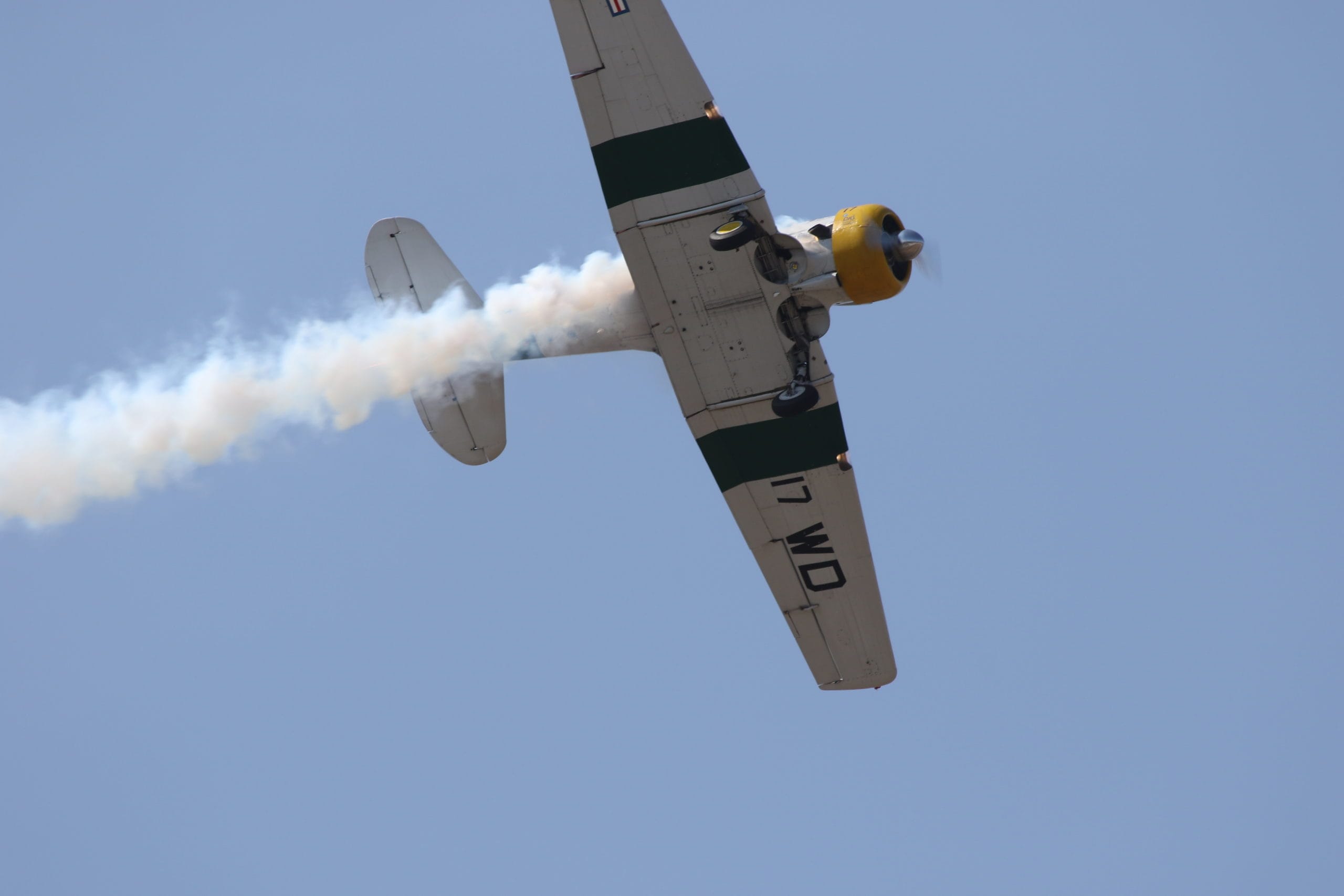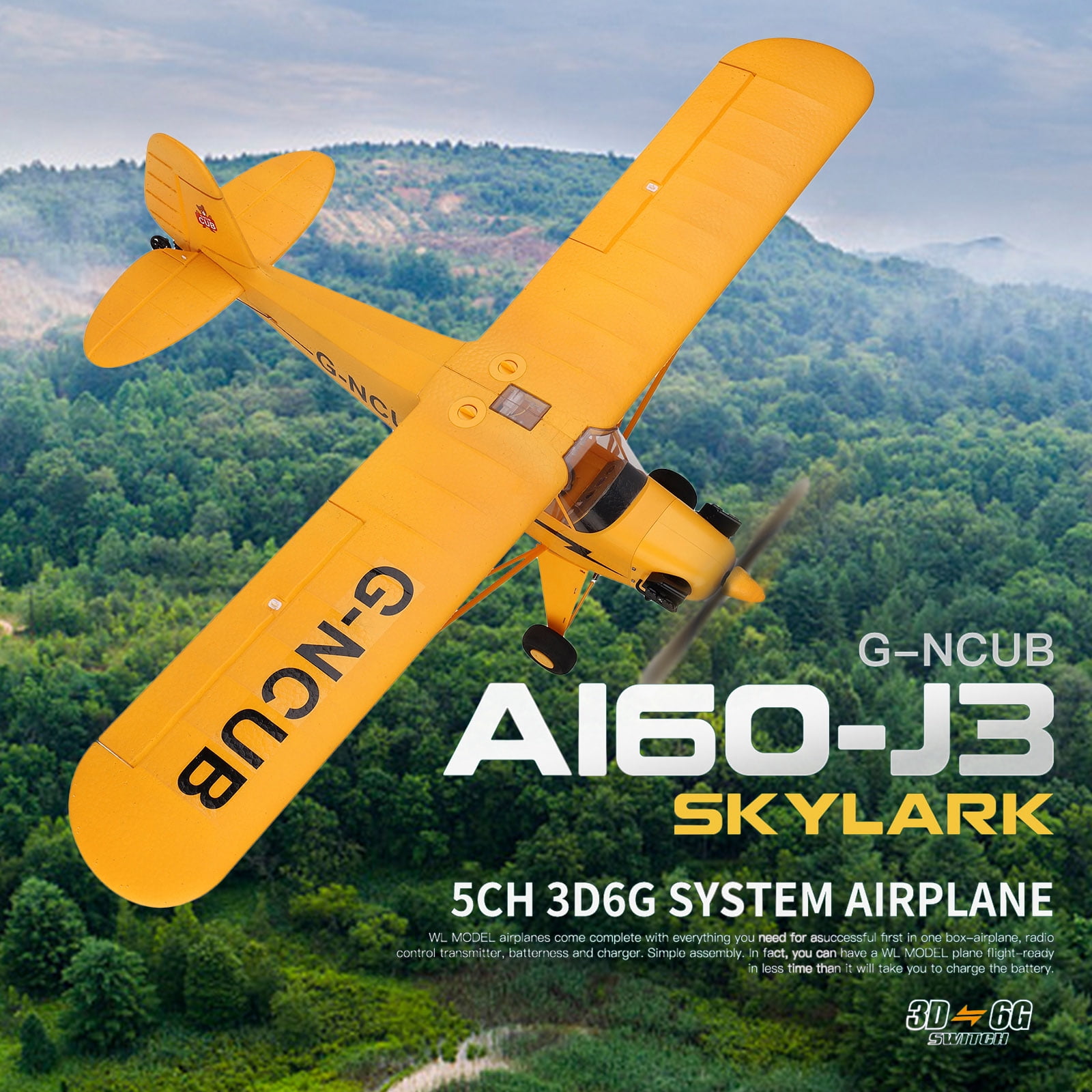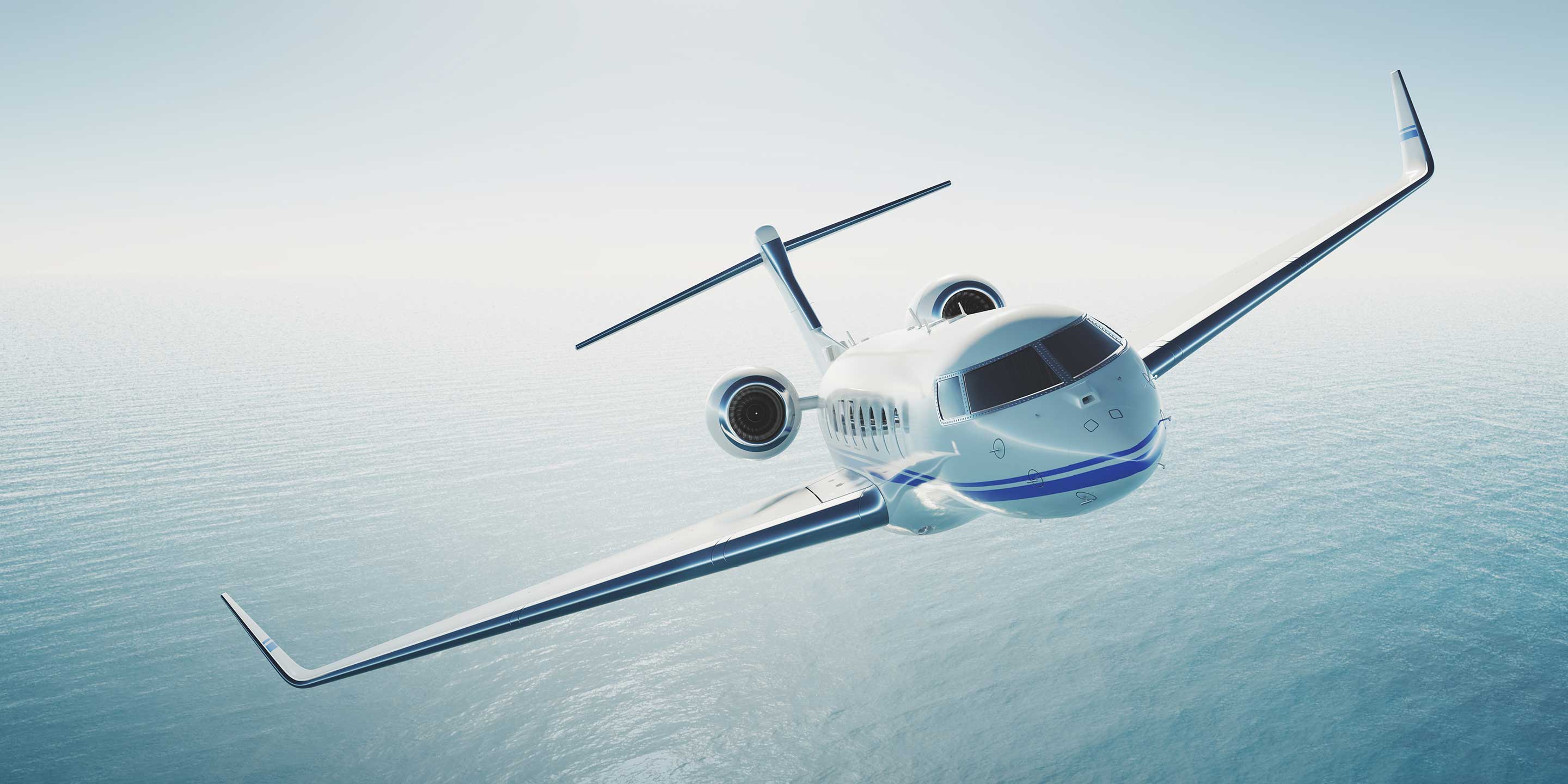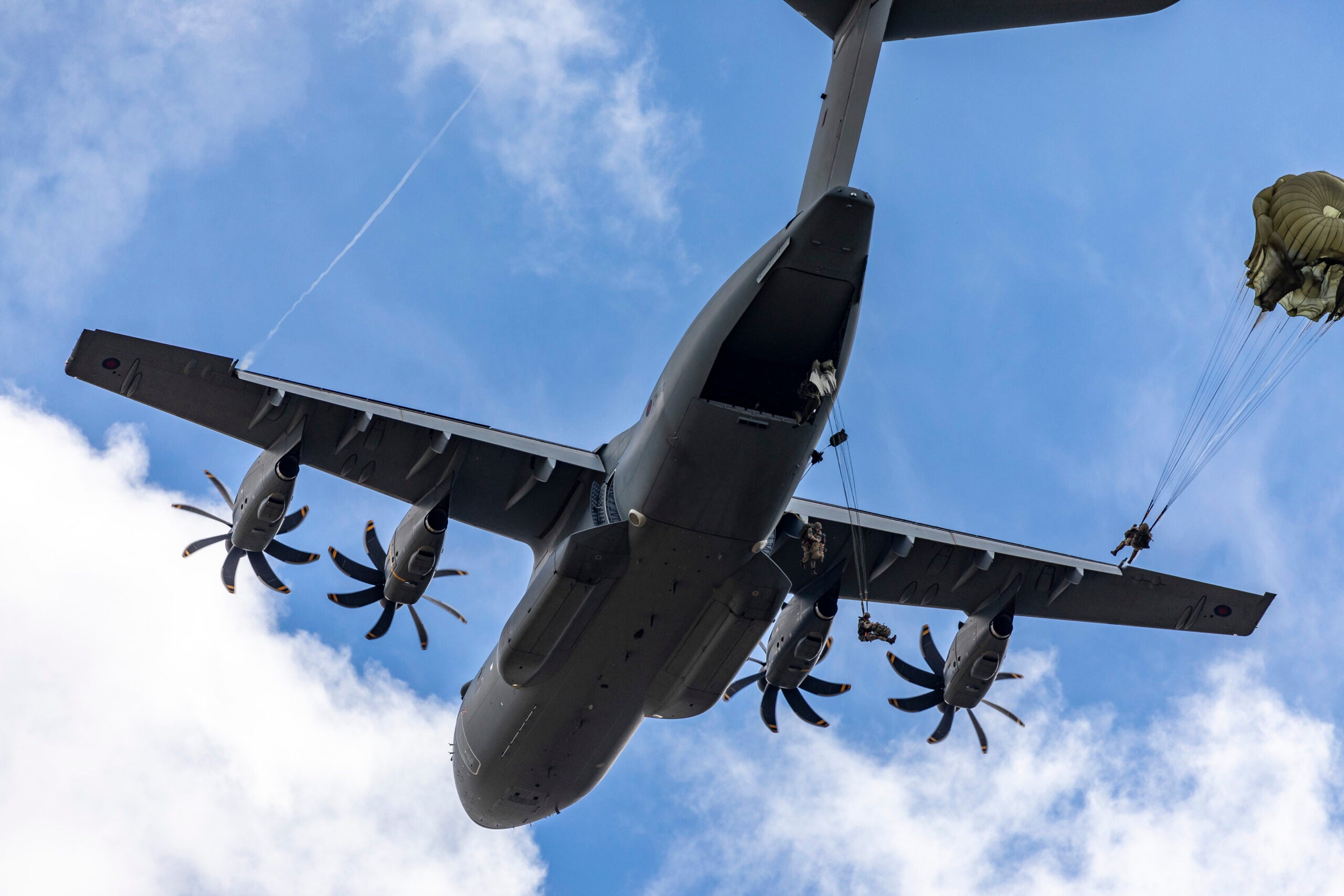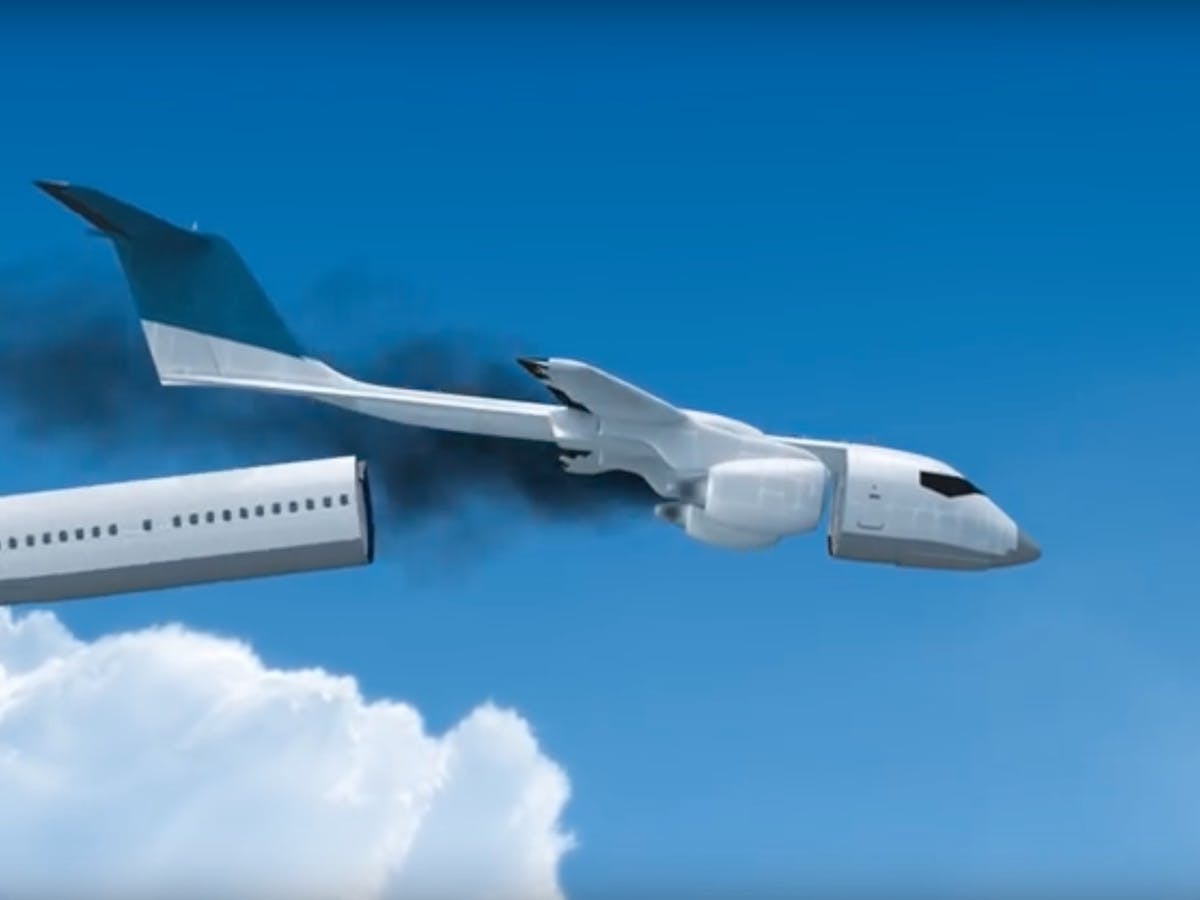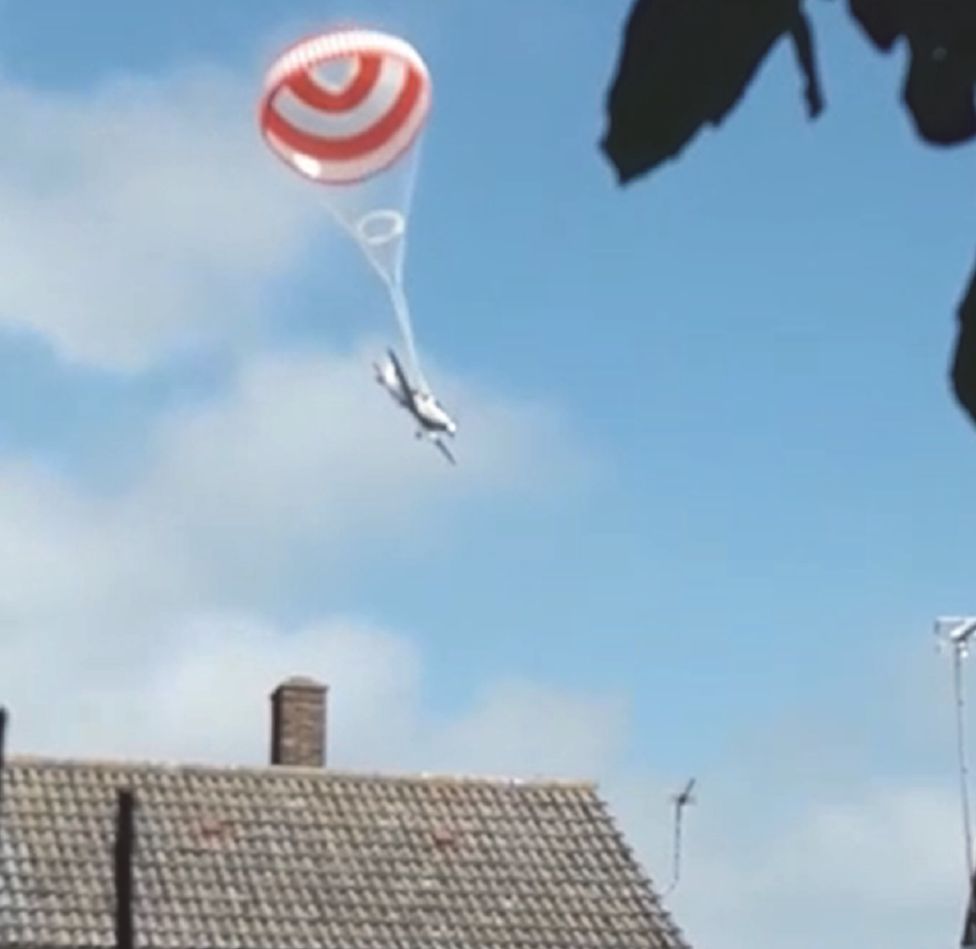Airplane Static Wick - This article needs additional citations for verification. Please help improve this article by adding citations to reliable sources. Unsourced material may be challenged and removed. Find source: "Static Discharger" – News · Newspapers · Books · Scholars · JSTOR (December 2009) (Learn how and how to dispose of this template message)
Static dischargers, also called static wicks or static discharge wicks, are devices used to remove static electricity from aircraft in flight. It takes the form of small pieces that point backwards from the wing, and is fitted to almost all civilian aircraft.
Airplane Static Wick
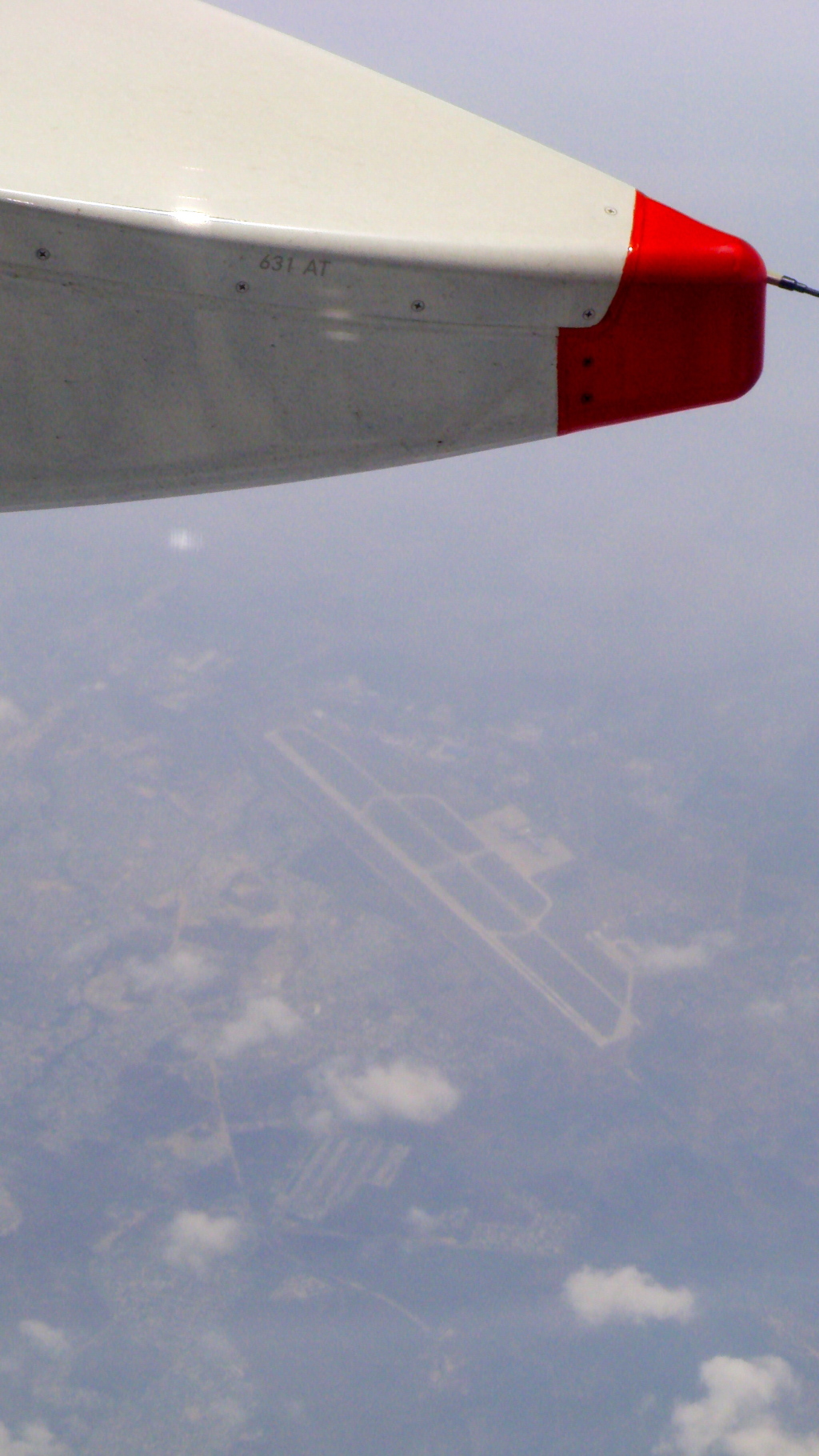
Static precipitation is an electrical charge on an aircraft caused by passing through particles of rain, snow, ice or dust. Charge also accumulates due to friction between the airframe and the air. If the plane load is large, it discharges into the surrounding air. Without static release, the load is expanded in large batches by the pointed ends of the aircraft, such as antennas, wing tips, vertical and horizontal stabilizers and other protrusions. The emissions create broadband radio frequency noise from DC to 1000 MHz, which can affect aircraft communications.
In Flight August 2018 By Anne Dobbins
To control this discharge, allowing the continuous operation of navigation and radio communication systems, static dischargers are installed on the trailing edges of the aircraft. This includes (electrically grounded) ailerons, elevators, rudder, wings, horizontal and vertical stabilizer tips. A static discharger is a high electrical resistance device (6-200 megaohm) with a lower corona voltage and a sharper point than the surrounding aircraft structure.
Static dischargers are not lightning arresters and do not affect the likelihood of an aircraft being struck by lightning. It will not work if they are not properly attached to the plane. There must be a conductive path from all parts of the plane to the trigger, otherwise it will be useless. access panels, doors, cowls, navigation lights, antenna mounting hardware, control surfaces, etc., can create static noise if they are not discharged through the static wick.
Part of a static discharge in the plane. Note the two sharp metal micropoints on the protective yellow plastic.
The static dischargers were first developed by a joint Army-Navy team led by Dr. Ross Gunn from the Naval Research Laboratory and fitted to military aircraft during World War II. It was shown to be effective in extreme weather conditions by a United States Air Force team in 1946, led by Captain Ernest Lynn Cleveland. secret spraying program using commercial jets (ie "chemtrail" theory).
Cirrus Sr22 G2 For Sale
However, these are just static reduction wicks, short sections of wire bolted to the wings that reduce any build-up of static electricity. Without this wick, static electricity can build up on the wings, and uncontrolled sparks can interfere with communication and navigation equipment.
The transferred image has a very forced perspective. It looks like wicks along the entire wing, but it's actually only a few meters towards the tip of the wing. The wicks are barely visible in most photos of the 747-8F because the plane is so big, and the wicks are small.
Below is a patent for static discharge Wick. It's basically a piece of multi-strand steel cable, covered in plastic, less than half an inch thick.
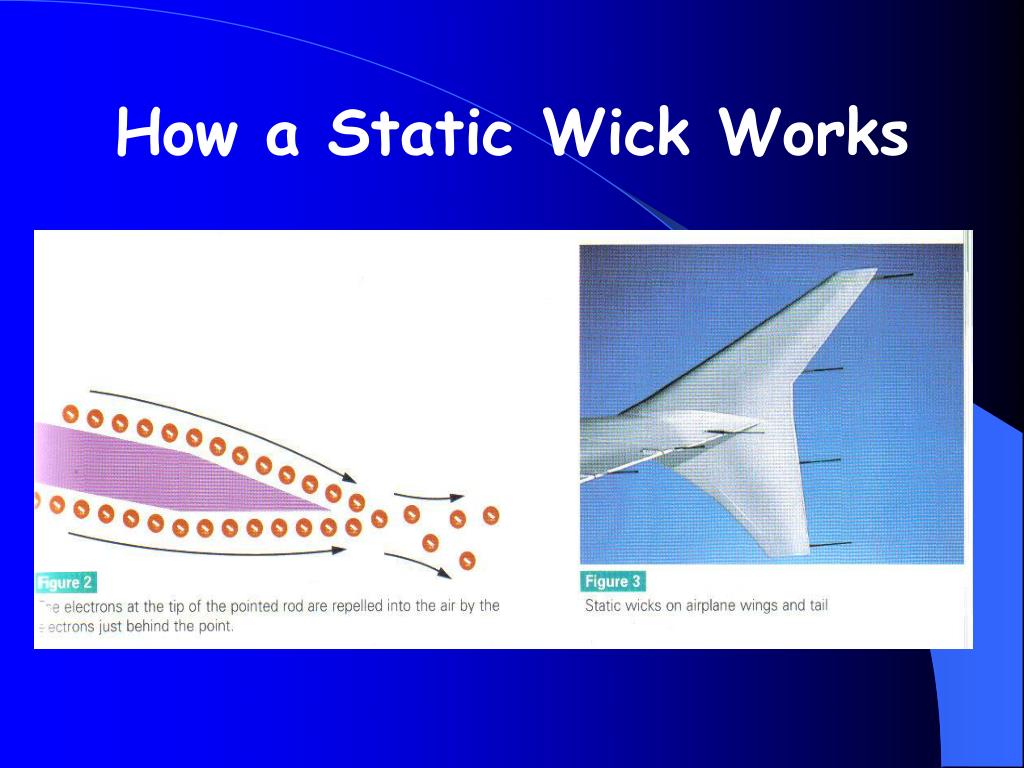
This is actually the "nozzle" in the photo though, the fuel dump vent. From a power point of view, it looks like it's in the middle of the wing, but it's actually at the end (with the wing)
Static Wick, Piper 456 802 Style. No Faa Approval
Here is the valve in action. Jets sometimes have to dump fuel if they have to return after takeoff (or land midway to their destination) due to an emergency.
And here is a shot of a fuel dump with static wicks visible, giving a good sense of scale. This is on a 777.
I discussed this small tube-like object in 2009 on a forum, this photo is what was discussed.
Prodiax: These static wicks also created controversy. A man had spied the plane during maintenance and claimed that in fact the system was used to release products. External source content I looked up static wicks and headed down the path of the Boeing PDF file to find the supplier of the item in question, HR Smith (Technical Development) Ltd., and a link to the product page.
Alloy Collectible Plane Gift Jc Wings Xx4441 Air Canada \
Thanks to @Fin for the original question. I will hijack the OP for a more complete and useful explanation/debunking
From the Airbus manual. This shows where they are and how many are missing or serviceable. Airbus calls them "Static Dischargers".
Gridlock said: Not many things on the plane can lose 1/5th of .... interesting, thanks. Click to enlarge...

Depends on the plane. Where I have a schematic of what the A-10 was designed to fly without. This is... Enlightening.
Ask The Captain: Rigorous Training To Change Planes
The aircraft was designed to fly with one engine, one tail, one elevator, and half a wing missing.[51] Content from external sources https://en.m.wikipedia.org/wiki/Fairchild_Republic_A-10_Thunderbolt_II
Mick West said: And here is a shot of a fuel dump with static wicks visible, giving a good sense of scale. This is on a 777. Click to expand... I found a close-up of this in my iPhoto library. Recorded on December 6, 2011 from United Airlines Flight 935:
Static wick dischargers, static wick, static wick protectors, airplane static wicks, static wick covers, static discharge wick, static discharge airplane, static wick aircraft, static wick in eye, cessna static wick, esd 1 static wick, static port airplane

